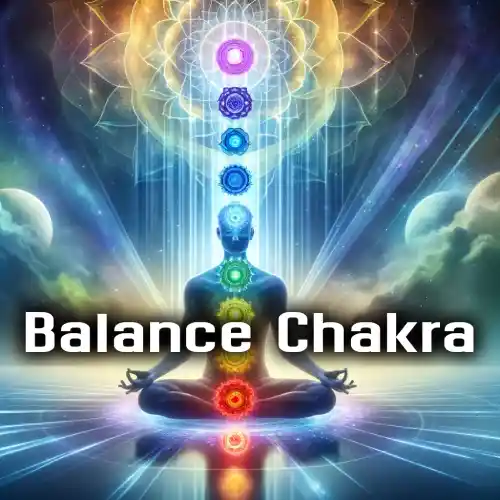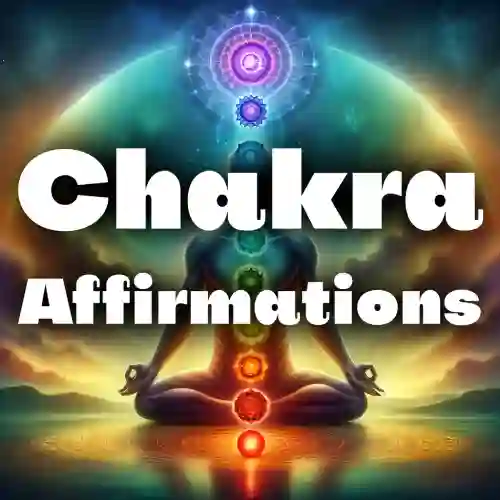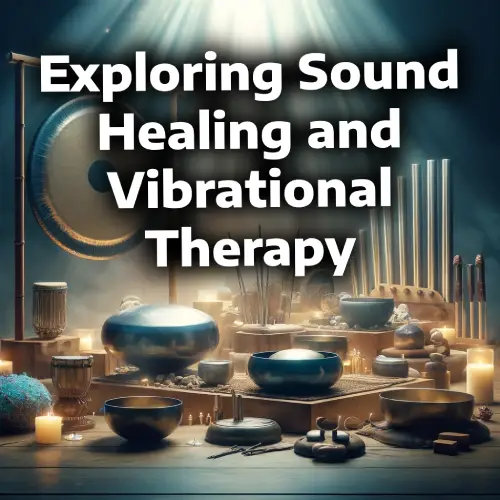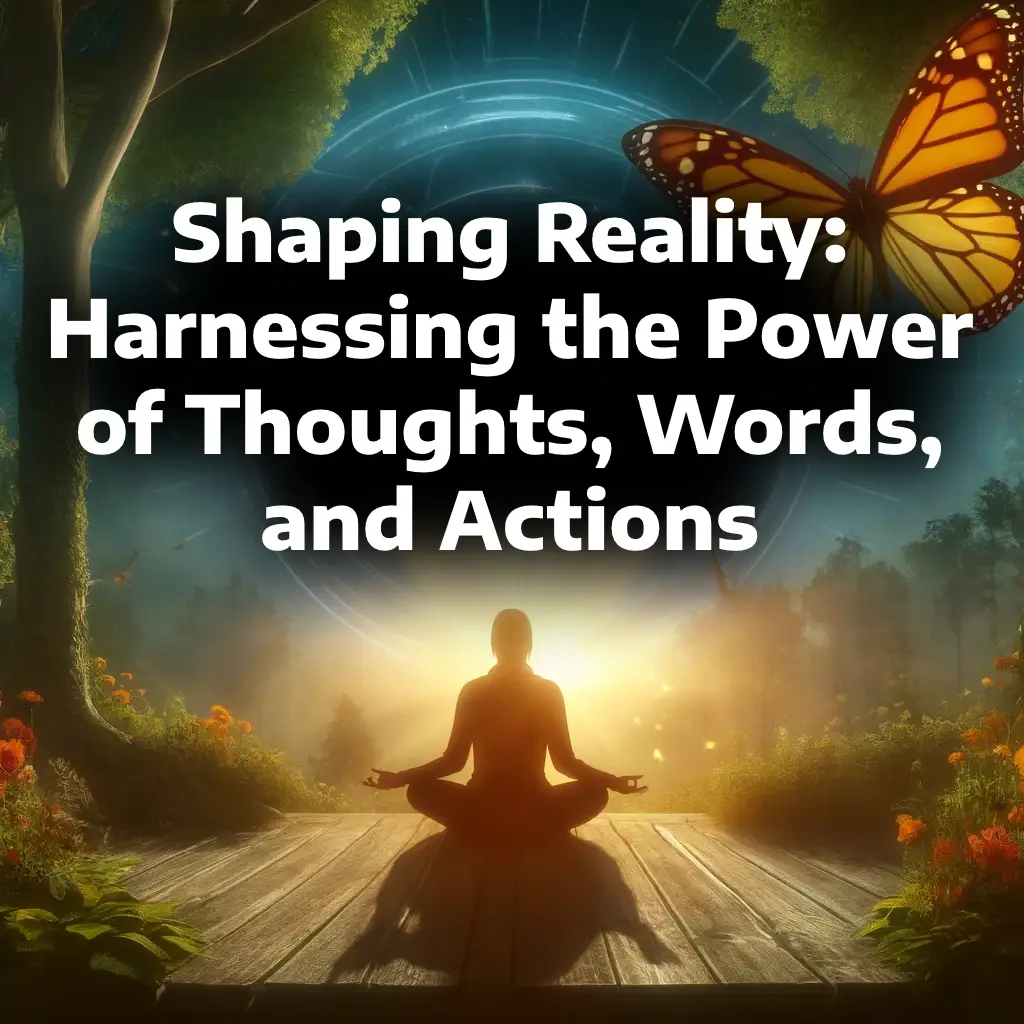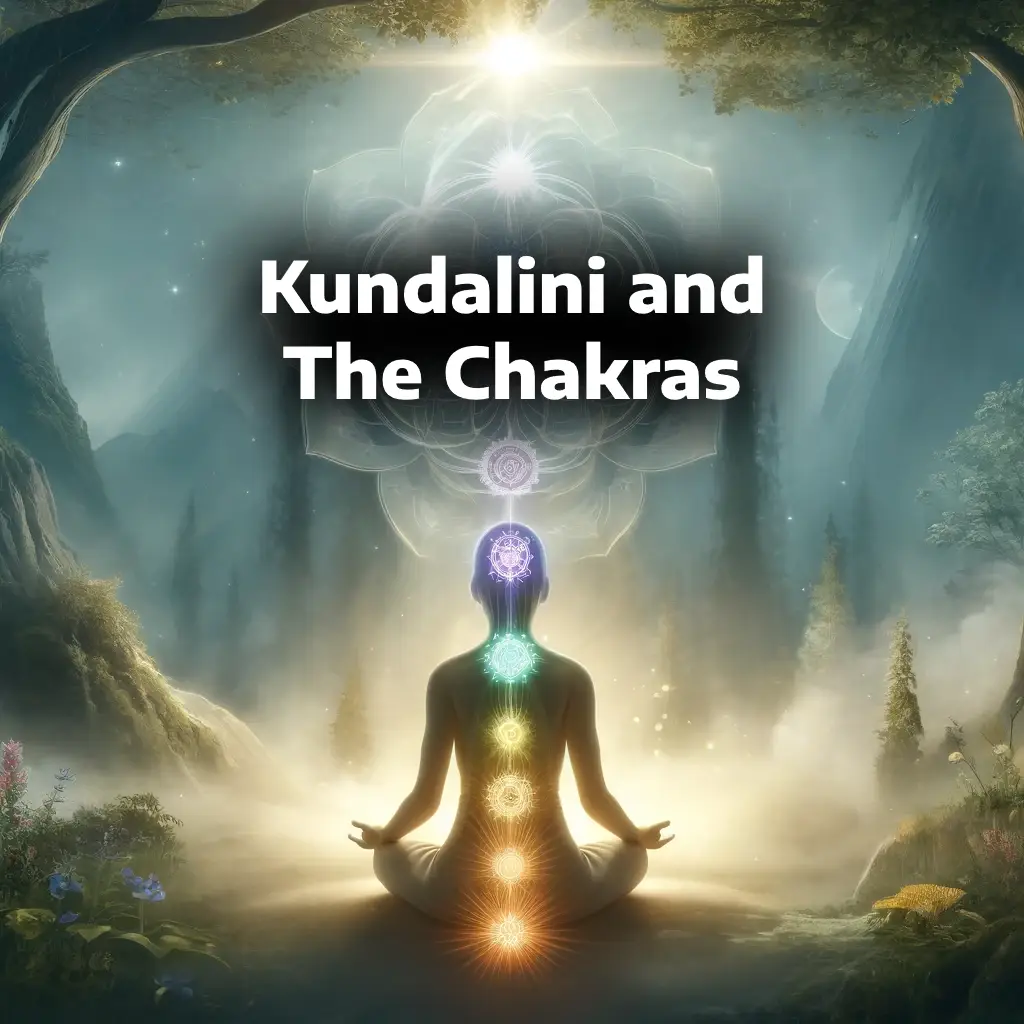
Kundalini and The Chakras
Written by: Sophi Abigail ToledoDate: 01.03.2024
Tags:
Philosophy Taoism Simplicity
Kundalini is a spiritual concept that has been a part of various Eastern spiritual traditions for thousands of years. The word "kundalini" comes from Sanskrit and literally means "coiled up." Kundalini is often described as a serpent-like energy that lies dormant at the base of the spine, waiting to be awakened. The awakening of this energy is said to bring about a range of physical, emotional, and spiritual changes in an individual.
Kundalini is often associated with the Hindu and Sikh religious traditions, although it has roots in ancient yoga and tantra. In these traditions, kundalini awakening is seen as a way to achieve a higher state of consciousness and spiritual realization. It is believed that when the kundalini energy is awakened, it rises up through the seven chakras or energy centers in the body, bringing about a transformation of the individual's being.
The process of awakening the kundalini energy is said to be a complex one that requires discipline, practice, and guidance from a qualified teacher. There are various techniques used to awaken the kundalini, including meditation, pranayama (breathing techniques), and physical postures (asanas). It is also said that kundalini awakening can be triggered spontaneously, sometimes as a result of a traumatic experience, intense spiritual practice, or through the use of psychoactive substances.
While the awakening of the kundalini energy is often seen as a positive and transformative experience, it can also be accompanied by physical and emotional symptoms that can be difficult to manage. Some people report feeling intense heat, vibrations, or tingling sensations in their bodies. They may also experience spontaneous movements, such as shaking, and intense emotional reactions, including feelings of joy, fear, or sadness.
Kundalini Crisis
In some cases, the awakening of the kundalini energy can lead to what is known as a "kundalini crisis," which can include physical and emotional symptoms such as anxiety, depression, and even psychotic episodes. This can be a result of the kundalini energy becoming blocked or moving too quickly through the chakras, causing an imbalance in the individual's energy system.
It is important to note that while the concept of kundalini has been a part of Eastern spiritual traditions for thousands of years, there is limited scientific research on the topic. Some scientists have attempted to explain the physical and emotional symptoms associated with kundalini awakening as being the result of increased activity in the nervous system, while others have suggested that they may be the result of changes in brain chemistry.
Despite the lack of scientific research, kundalini remains a popular and widely-studied topic within spiritual communities and alternative health circles. Some people have claimed that the awakening of the kundalini energy has brought about profound physical, emotional, and spiritual benefits in their lives, including increased energy and creativity, improved physical health, and a greater sense of inner peace and connection to the universe.
The seven chakras are seven energetic centers located along the spine in the human body, according to Hindu and yoga traditions. They are believed to be responsible for regulating the flow of energy throughout the body, and are thought to be connected to different aspects of an individual's physical, emotional, and spiritual well-being. To get the kundalini "snake" up to the crown chakra and then bask in the greatness of the universe, you need to clear all chakras and make sure you are fully free to let go of the phsyical world without actually leaving it.
The seven chakras are, see also how to cleanse them:
Muladhara (Root Chakra)
The first chakra, also known as the root or base chakra, is located at the base of the spine and is associated with the element of earth and the color red. It is believed to govern our sense of stability, security, and belonging, and is connected to our physical body and basic needs such as food, shelter, and safety. When this chakra is balanced, we feel grounded, stable, and confident in our ability to meet our basic needs. When it is out of balance, we may feel anxious, fearful, or disconnected from our physical selves. To balance and cleanse this chakra, try grounding exercises such as walking barefoot on the earth or doing yoga poses that focus on the lower body. You can also try meditating with red crystals, such as red jasper or garnet.Svadhishthana (Sacral Chakra)
The second chakra, also known as the sacral chakra, is located just below the navel and is associated with the element of water and the color orange. It is believed to govern our emotions, sexuality, and creativity, and is connected to our sense of pleasure and desire. When this chakra is balanced, we feel open, expressive, and able to fully experience and express our emotions. When it is out of balance, we may feel emotionally unstable, disconnected from our sexuality, or creatively blocked. To balance and cleanse this chakra, try activities that allow you to express yourself creatively, such as painting or dancing. You can also try meditating with orange crystals, such as carnelian or orange calcite.Manipura (Solar Plexus Chakra)
The third chakra, also known as the solar plexus chakra, is located just above the navel and is associated with the element of fire and the color yellow. It is believed to govern our sense of personal power, self-esteem, and will, and is connected to our ego and identity. When this chakra is balanced, we feel confident, self-assured, and able to assert ourselves in the world. When it is out of balance, we may feel powerless, self-doubtful, or overly ego-driven. To balance and cleanse this chakra, try activities that boost your confidence, such as setting and achieving personal goals. You can also try meditating with yellow crystals, such as citrine or tiger's eye.Anahata (Heart Chakra)
The fourth chakra, also known as the heart chakra, is located in the center of the chest and is associated with the element of air and the color green. It is believed to govern our capacity for love, compassion, and connection, and is connected to our relationships with others. When this chakra is balanced, we feel open, loving, and able to form deep, meaningful connections with others. When it is out of balance, we may feel closed off, fearful of intimacy, or unable to fully experience and express love. To balance and cleanse this chakra, try activities that foster feelings of love and compassion, such as volunteering or practicing acts of kindness. You can also try meditating with green or pink crystals, such as jade or rose quartz.Vishuddha (Throat Chakra)
The fifth chakra, also known as the throat chakra, is located in the throat and is associated with the element of sound and the color blue. It is believed to govern our communication, self-expression, and truth-seeking, and is connected to our ability to speak our truth and express ourselves authentically. When this chakra is balanced, we feel confident, clear, and able to communicate effectively and authentically. When it is out of balance, we may feel timid, unsure of ourselves, or unable to fully express ourselves. To balance and cleanse this chakra, try activities that allow you to express yourself, such as singing or writing. You can also try meditating with blue crystals, such as aquamarine or sodalite.Ajna (Third Eye Chakra)
The sixth chakra, also known as the third eye chakra, is located between the eyebrows and is associated with the element of light and the color indigo. It is believed to govern our intuition, insight, and perception, and is connected to our ability to see beyond the physical world and access higher states of consciousness. When this chakra is balanced, we feel intuitive, insightful, and able to access our inner wisdom. When it is out of balance, we may feel disconnected from our intuition, unclear about our direction in life, or unable to see beyond the material world. To balance and cleanse this chakra, try activities that allow you to tap into your intuition, such as journaling or spending time in nature. You can also try meditating with indigo or purple crystals, such as amethyst or lapis lazuli.Sahasrara (Crown Chakra)
The seventh chakra, also known as the crown chakra, is located at the top of the head and it is associated with spiritual enlightenment, higher consciousness, connection to the divine and the color violet. It is believed to be the gateway to higher states of awareness and the ultimate source of spiritual energy. The crown chakra is associated with the color violet or white, and it is associated with the element of thought. It is believed to govern the brain, the nervous system, and the senses. It is also associated with the pineal gland, which is responsible for the production of melatonin and helps regulate sleep patterns. To balance and cleanse this chakra, try activities that help you feel spiritually connected, such as practicing mindfulness or spending time in meditation. You can also try meditating with white or clear crystals, such as clear quartz or selenite.According to Hindu and yoga traditions
The awakening of the kundalini energy involves the activation and upward movement of this energy through each of the seven chakras. This process is said to bring about a transformation of the individual's being, leading to greater spiritual awareness and enlightenment.
To fully awaken the kundalini and become enlightened, individuals are often advised to engage in spiritual practices such as meditation, yoga, and pranayama (breathing techniques). These practices are said to help balance and activate the chakras, allowing the kundalini energy to rise up through the body more easily.
In addition to spiritual practices, individuals are also advised to live a healthy lifestyle, including eating a balanced diet, getting enough sleep, and engaging in physical exercise. They are also encouraged to cultivate positive habits, such as self-reflection and self-awareness, and to work on overcoming negative patterns of thought and behavior.
It is also important to note that the awakening of the kundalini and the path to enlightenment can be a long and challenging process that requires patience, dedication, and the guidance of a qualified teacher. It is not a one-time event, but rather a lifelong journey that requires ongoing practice and self-discovery.


